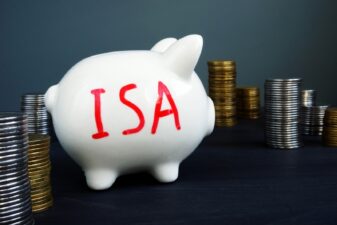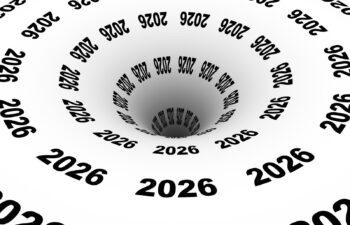If there’s another stock market crash, like the one we saw back in March, I know most investors like me will want to be in a position to capitalise. The best time to buy shares is when markets are down. It’s not as easy in practice, however.
Usually crashes aren’t easy to predict (otherwise everyone would make money from the stock market) and there’s an opportunity cost in keeping too much cash parked on the sidelines for too long. Cash loses value over time because of inflation.
Here’s what I’d do to make the most of any future market crash.
Review holdings frequently
One of the things that should be an ongoing process for most serious investors is reviewing investments. This is all the more needed when markets are looking expensive or a bull run has been rampaging for some time. High price-to-earnings ratios, people not usually interested in investing start talking about stocks, and overconfidence in the market going up and up, are all potential indicators of a market that might fall.
Because it’s nearly impossible to perfectly time getting out of the market ahead of a crash it’s important to review the strength of the balance sheets of the companies you invest in. At least that way you can understand how much cash the company has, how liquid it is, and what its liabilities are.
Another important point here is that it’s better to not have so many holdings that doing this analysis is difficult. An overly diversified portfolio makes it harder to check on the progress and health of each of you holdings, especially if you’re not a full-time investor or trader.
Keep some cash spare for a stock market crash
Although it’s best not to keep too much cash on the sidelines, it’s always worth having some set aside both as an emergency fund and to be ready for opportunities as they arise.
The lesson from the latest crash I think is to not rush. The market fell for consecutive weeks and timing the perfect entry point is nearly impossible. The best returns, in my view, will come from investing nearer to the market recovery than when markets are on the way down.
Shares you like might become cheaper but it’s best to be patient. The crash in February and March this year was over a month of almost continuous falls. The FTSE 100 went from over 7,400 on 20 February to 5,080 on 18 March. There were small jumps up in that time that might have lured investors in. The bounce back has been much slower and the FTSE 100 is still down.
So to capitalise on any future stock market crash, I’ll watch for signs the market is becoming overheated, monitor my investments closely, hold some cash, and pick up opportunities once the worst of the falls are clearly over.






